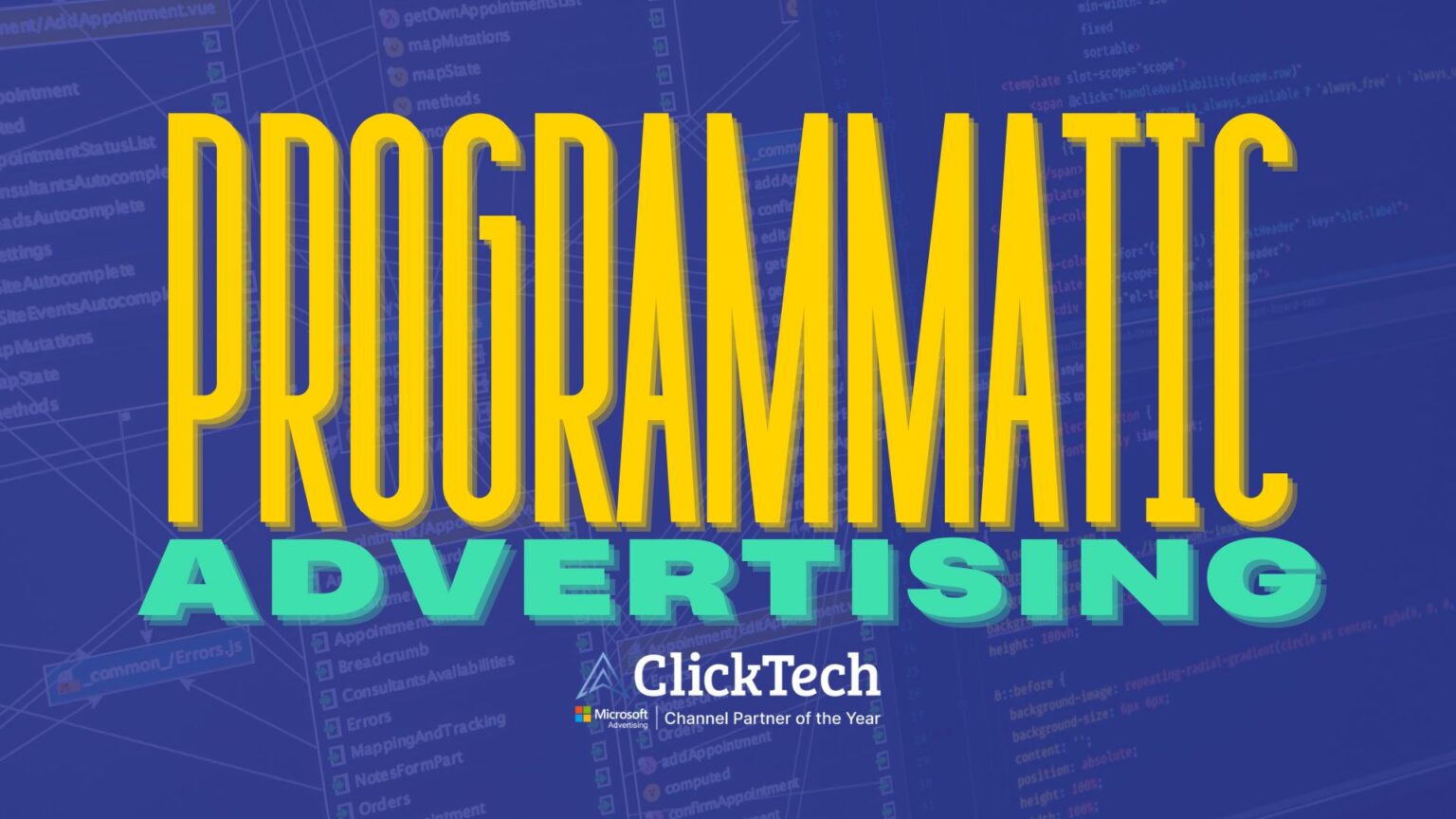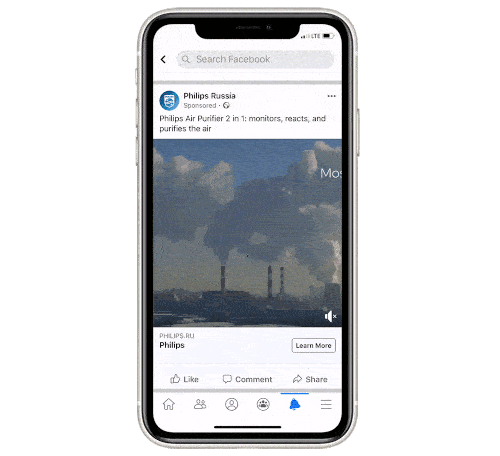
Facebook Targeting: Simplification or Segmentation


There are many approaches to setting up campaigns and targeting. Lately, however, Facebook’s best practices have promoted letting go of many popular tactics. This leads to the question of simplification or segmentation as the best path forward.
Now, it is best to simplify campaign structures and avoid segmentation and excessively detailed targeting.
At the same time, ad personalization is a growing trend, and delivering unique messages to each specific audience group requires finely-segmented ad sets.
To help make sense of the do’s and don’ts, let’s take a closer look at how these tactics fit into the current delivery system and how they’ve worked in real campaigns.
Account Simplification
Simplification changes your overall approach to ad setup.
At the account level, it means using as few structural items (campaigns, ad sets, ads) as possible.
There are many great tools to achieve this, including multi-language ads, dynamic creative (aka DCO), the multi-text option, and dynamic catalog ads (which now include acquisition, categories, and dynamic formats).
At the settings level, simplification means relying on optimization algorithms to deliver the best results throughout placements, audiences, and budgets. Rather than setting up restricted targeting and fixed budgets, you’d choose broader audiences and CBO. This lets Machine Learning do its thing.
When it comes to targeting in particular, there is mounting evidence that manual settings can no longer compete with Machine Learning.
Recent studies on acquisition have shown that detailed targeting produces results at a 50% greater cost than Lookalike audiences in small businesses, and is twice more expensive than broad audiences in large advertisers.
We’ve seen the positive impact that simplification can have with many of our clients. 139DEC, for example, saw a 77% decrease in cost per purchase when adopting this approach.
Audience Segmentation
While simplification can help your overall account performance, there are right times and wrong times to use audience segmentation.
1. As A Testing Practice
Multiplying the number of ad sets just for the purpose of testing audiences against each other has become a clear “don’t.”
Why? Segmentation by ad set doesn’t allow for proper testing. Users consume content across multiple platforms and placements, show various interests and behaviors, and often appear in more than one targeting group. This causes overlaps.
Hypothesis testing should be done with instruments such as Experiments.
Apart from Split Testing one variable within a campaign, Experiments lets you properly compare several campaigns regardless of their settings. The tool will eliminate any possible auction overlaps for the duration of the test.
Segmentation also restricts delivery optimization and limits possibilities for impactful outcomes at lower costs. A group of narrow, segmented audiences delivers more costly results when compared to the same targetings consolidated into one ad set.
Therefore, if you aren't using different creatives for each audience, testing segments doesn’t make much sense in 2020. Delivery optimization will handle finding the right people within a large audience.
2. For Personalization Purposes
Segmenting your audiences is a completely different story, however, if personalized creatives are involved.
In regard to brand equity, there isn’t a built-in simplification or segmentation solution yet that would deliver personalized messages to different audience categories.
If you want to highlight different value propositions when reaching specific consumer groups, you still have to split them across numerous ad sets.
Interestingly enough, we see that message personalization successfully eradicates the disadvantages of segmentation we discussed earlier.
For instance, La Roche-Posay’s campaign saw a 25% lower CPC and 3x lower CPV with videos featuring personal recommendations, tailored to different demographics and lifestyles.
Personalization doesn’t have to be based on audience attributes alone. You can also adapt creative variations to specific situations. This makes your ads more relevant to particular circumstances and generates higher purchase intent.
A good example of this tactic can be seen in our Philips campaign, which incorporated air quality data from BreezoMeter.

The ads focus on raising awareness of air quality generated intent. Consequently, Philips air purifier sales grew by 664% in the targeted cities.
Simplification or Segmentation: What Works Best?
Whether to use account simplification or segmentation of your audiences depends on your strategy.
Splitting audiences and advertising with a large number of ad sets make sense when they can’t be consolidated into one. Segmentation can be effective for incompatible targetings like Lookalike vs. broad audiences, for example, or ads that are tailored specifically for a distinct audience group.





